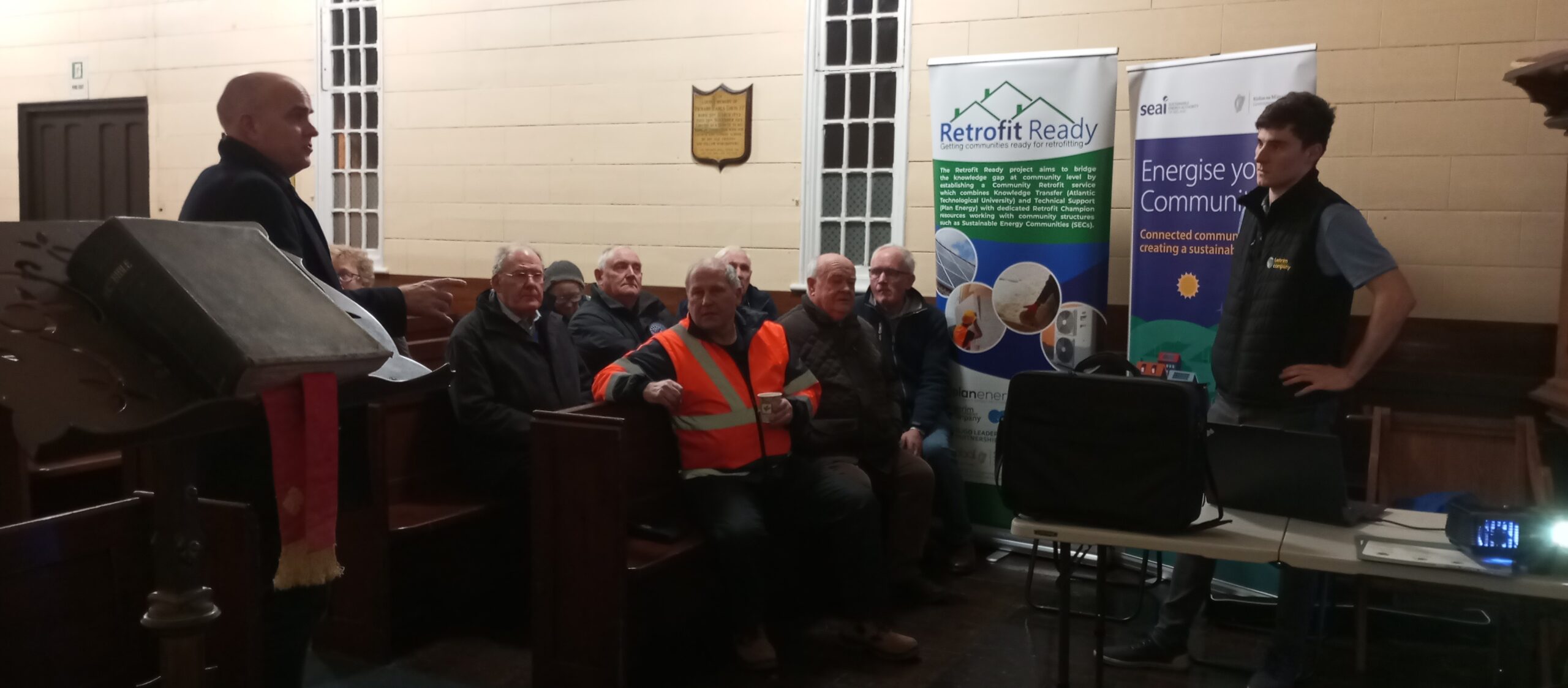Retrofitting residential buildings, single dwellings, semi-detached, and terrace houses involves distinct considerations when preparing for retrofitting.
Single dwellings, (detached homes) are standalone structures with adequate space around the building making it easy to retrofit. It is easier to insulate due to access to all sides, roof, and possibly a basement.
Windows and doors are easier to upgrade, given, there are no shared walls. In detached houses it is more flexibility to install or upgrade heating, ventilation, and air conditioning systems, including ductwork.
When considering solar or renewable installations, generally there is more roof space for solar panels or other renewable systems, while exterior modifications such as cladding, insulation are less constrained.
It should be noted that the cost of retrofitting per unit area might be higher due to the standalone nature of the property. It is also likely that landscaping and or outdoor features might need to be considered in association with the project.
Semi-detached homes share one common wall with another dwelling and these are typically two-family units. Insulating the shared wall might be limited, with focus on the other walls, roof, and possibly a shared basement. Windows and doors may be more constrained by the shared wall, but otherwise it is very similar to single dwellings.
Solar panels when on a shared roof space, requires co-ordination with the adjacent property. Changes to the shared wall properties will require prior agreement with the neighboring dwelling owner. Retrofitting a semi-detached property will involve negotiation with the adjacent property owner. There may be potential limitations on modifications due to shared nature of the structure.
Terrace houses (row houses) share walls with two neighboring houses except an end of terrace house. These are multiple family units, constructed in a continuous row. Focus here should be on the front and rear facades, roof, and potentially basements or cellars. It should be noted that internal insulation shared walls maybe required.
Windows and doors are limited to front and rear on terraced houses as shared walls do not have windows. Heating systems can be more complex due to shared infrastructure, especially if systems are interconnected or if ducts run through multiple units.
Solar panels on the roof space of terrace houses will be smaller and require co-ordination for uniformity in appearance or structural considerations.
External modifications limited changes to shared walls, particularly front wall modifications. This will also require uniformity across the terrace for aesthetic or planning reasons.
A challenge that will be faced when retrofitting a terraced house has higher complexity in terms of permissions and co-ordination with neighbours for structural changes.
It is very important to note that all retrofitting works associated with terraced houses must comply with local building regulations, which can vary significantly based on location and building type.
Where there are terraced houses, it is important, if possible, to set up Residents Association. This will keep occupants informed of works that can be done and grants available.



